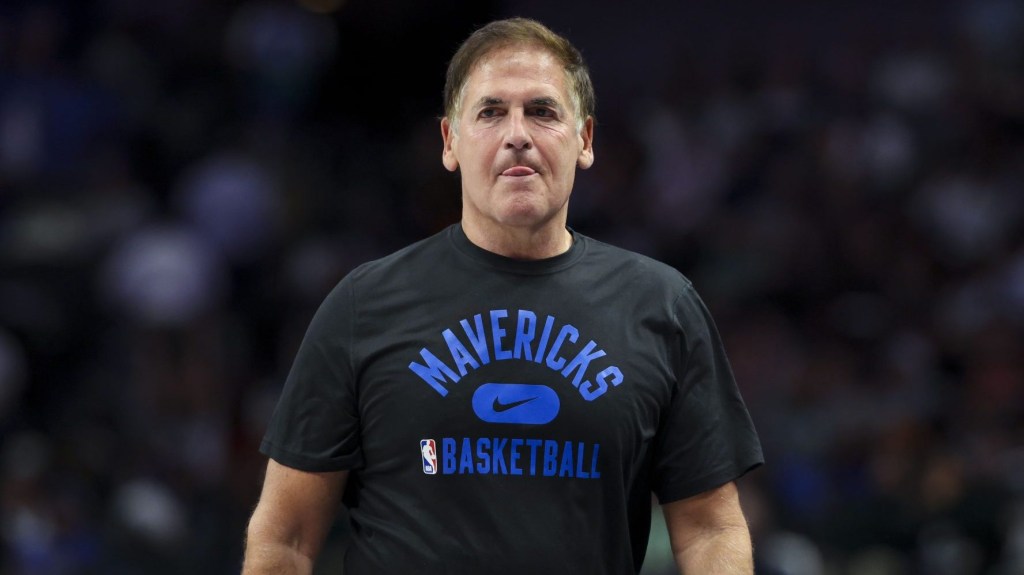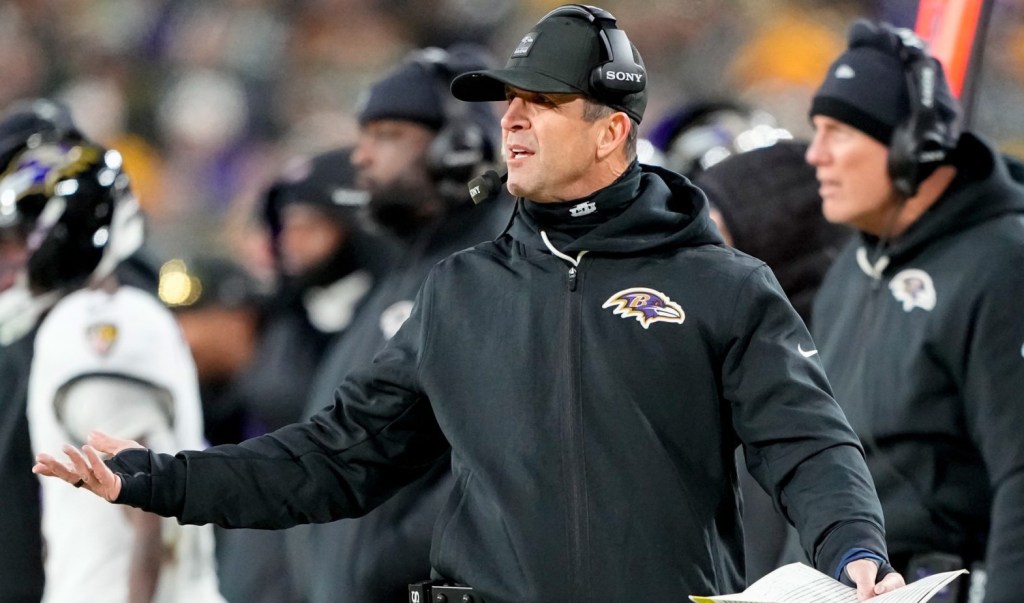Just one year after being picked apart, the two-member Pac-12 came roaring back to life Thursday with the announcement that it would add four FBS football schools in 2026: Boise State, SDSU, Fresno State, and Colorado State.
Going forward, the conference will look to sign a media deal and finalize a revenue distribution structure with its incoming members. But that’s just the tip of the iceberg if the Pac-12 wants to maintain FBS status, or perhaps regain power conference status.
To keep its bowl-division designation, the Pac-12 needs eight total football-playing members, per NCAA rules. The hunt is on for two more programs, which the conference said the incoming members will help choose.
In media releases, the Pac-12 and schools noted they’re looking at geography as a major factor—suggesting the future members likely won’t come from the East Coast. UNLV, for example, could be a good fit, but poaching more Mountain West schools would be expensive. The Pac-12 is already set to pay $43 million for poaching four schools, as mandated by its scheduling partnership with the Mountain West, and will have to shell out tens of millions more for each additional Mountain West school.
The Pac-12’s next two members probably won’t come from the ACC, either. Despite suggestions that Stanford and Cal scrap their plans of flying cross-country for minimal revenue distributions in the ACC, the two are highly unlikely to return to the Pac-12 at this point.
The schools signed on to the ACC’s Grant of Rights agreement, a source confirms to Front Office Sports, meaning they’re legally bound to the conference for the duration of their media deals (which runs until 2036). If they want to leave the conference without paying more than $100 million each in exit fees, they’ll have to make like Florida State and Clemson and take the conference to court. (Even if they get the chance to leave the ACC, it’s unclear whether they’d be interested in the new iteration of the Pac-12, which is based on local state public schools rather than its traditional mix of public and private institutions.)
Both the Pac-12 and Mountain West will likely have plenty of west-coast suitors. Local politicians and business leaders in Sacramento, for example, are planning to launch a campaign to get Sacramento State into the Pac-12 or Mountain West, a source tells FOS. The school is currently playing in the Big Sky at the FCS level and would need to undergo the NCAA’s FBS transition process (as James Madison did). The conferences’ respective interest in the school is unknown at this time.
The path to regain power conference status, however, is trickier.
The NCAA would have to vote to award “autonomy” status—meaning extra voting power—back to the conference if it gets back up to eight members.
The Pac-12 would also have to negotiate for some sort of additional revenue distribution from the College Football Playoff, which currently gives power conferences the resources to be at the top of the college football landscape. When the CFP and FBS conferences signed a deal for the playoff structure for 2027 and beyond, Oregon State and Washington State agreed to be treated as FBS independents. Both schools will reportedly get around $3.6 million each in distributions. But they’re nowhere near the distributions of any of the power conferences, even though they themselves vary (with the SEC and Big Ten taking 58% of the total).
Regardless of its classification, the Conference of Champions isn’t going away anytime soon.

















